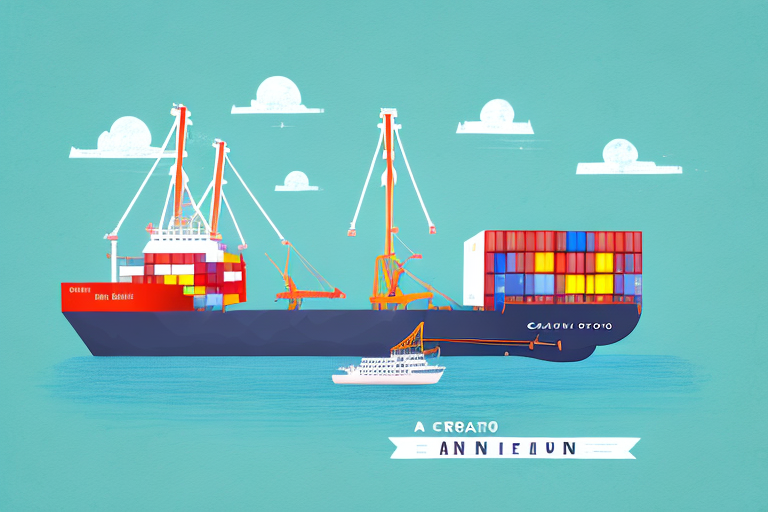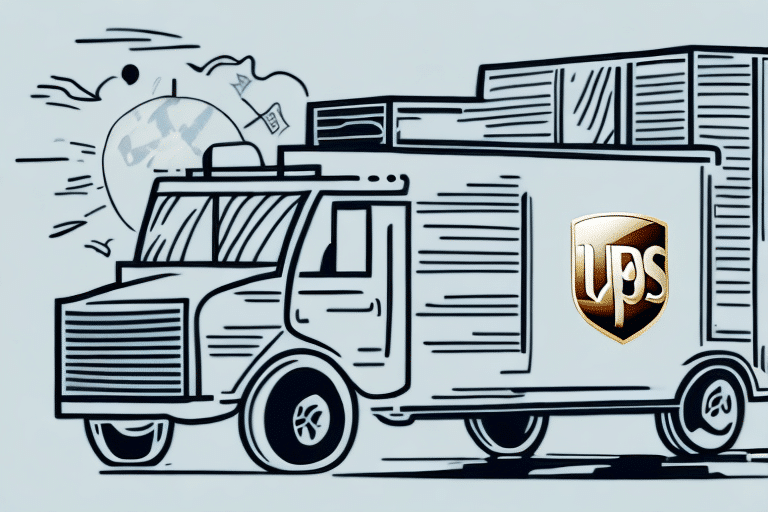Decoding Hundredweight: A Comprehensive Guide for the Parcel Industry
In the dynamic landscape of the parcel industry, understanding key pricing mechanisms is essential for managing shipping costs effectively. One such pivotal concept is the hundredweight (CWT) pricing system. This comprehensive guide delves into what hundredweight is, its impact on shipping rates, and strategies to leverage this knowledge for optimizing your shipping operations.
Understanding Hundredweight (CWT)
Definition and Origins
Hundredweight, commonly abbreviated as CWT, is a unit of weight measurement traditionally used in the shipping and freight industries. Originating from the British Imperial system, its value varies by region:
- United States and Canada: 1 CWT equals 100 pounds (45.36 kg).
- United Kingdom: 1 CWT equals 112 pounds (50.80 kg).
This discrepancy is rooted in historical measurement standards, with the U.S. adopting the shorter ton (2,000 pounds) and the U.K. the long ton (2,240 pounds).
Role in the Parcel Industry
In the parcel industry, CWT serves as a critical metric for calculating freight rates, especially for bulk shipments or parcels exceeding specific weight thresholds, typically between 50-200 lbs. By standardizing weight measurements, carriers streamline their pricing structures, facilitating easier cost estimation for businesses.
According to the U.S. Department of Transportation, accurate weight measurement is fundamental for ensuring safety and efficiency in freight operations.
How Hundredweight Pricing Works
Calculating Shipping Costs
Carriers utilize both dimensional and actual weight to determine shipping costs. However, for multiple packages or bulk shipments, the CWT pricing system is predominantly employed to simplify calculations and offer competitive rates.
- Determine Total Weight: Combine the weight of all parcels to be shipped together.
- Convert to Hundredweights: Divide the total weight by 100 (or 112 in the U.K.) to ascertain the number of hundredweights.
- Apply CWT Rate: Multiply the number of hundredweights by the carrier’s CWT rate to derive the total shipping cost.
Example Calculation
For instance, shipping 2,500 pounds in the United States would be calculated as:
- 2,500 lbs ÷ 100 = 25 CWT
- If the carrier’s rate is $20 per CWT, total cost = 25 CWT × $20 = $500
Benefits of Hundredweight Pricing
Cost Efficiency
Employing the CWT pricing model often results in lower shipping costs for bulk shipments compared to conventional parcel pricing. This is particularly advantageous for businesses handling large volumes of goods.
Simplicity and Predictability
The CWT system simplifies cost calculations, making it easier for businesses to predict and manage their shipping expenses. This predictability aids in budgeting and financial planning.
Flexibility for Businesses
Hundredweight pricing is ideal for companies that frequently ship multiple packages. It accommodates varying shipment sizes and weights, providing flexibility in logistics operations.
Strategies to Optimize Your Shipping with Hundredweight Pricing
Consolidate Shipments
Combine smaller packages into a single bulk shipment to take advantage of CWT rates. This consolidation reduces the total number of shipments, leading to significant cost savings.
Negotiate Rates with Carriers
Engage with carriers to negotiate better CWT rates based on your shipping volume. Higher shipping volumes often qualify businesses for discounted rates, enhancing overall cost efficiency.
Regularly Review Shipping Strategies
Continuously monitor and assess your shipping strategies to ensure maximum savings. Regular reviews help identify areas for improvement and adapt to any changes in carrier pricing structures.
Invest in Shipping Software
Utilize advanced shipping software to accurately track and manage shipments. These tools can provide insights into weight distributions, helping optimize the use of the CWT pricing system.
Potential Challenges and Solutions
Accurate Weight Measurement
One of the primary challenges with CWT pricing is ensuring accurate weight measurements. Inaccurate data can lead to overcharging or undercharging, affecting profit margins.
Solution: Implementing standardized weighing procedures and investing in precise measurement equipment can mitigate this issue.
Understanding Regional Differences
Different regions may have varying definitions of a hundredweight, leading to confusion and potential miscalculations in shipping costs.
Solution: Clearly define the CWT standard applicable to your shipping destinations and ensure all logistics personnel are well-informed.
Future Trends in Hundredweight Pricing
Integration with Technology
The integration of AI and machine learning in logistics is set to enhance the accuracy and efficiency of CWT pricing calculations. These technologies can analyze vast datasets to optimize shipping strategies further.
Sustainability Considerations
As the industry shifts towards sustainable practices, CWT pricing may evolve to incorporate environmental factors, promoting eco-friendly shipping solutions.
Conclusion
Understanding and effectively utilizing the hundredweight (CWT) pricing system is paramount for businesses aiming to optimize their shipping strategies in the parcel industry. By leveraging CWT, companies can achieve cost savings, simplify expense management, and enhance operational efficiency. Implement the strategies outlined in this guide to harness the full potential of hundredweight pricing, ensuring your shipping operations are both economical and scalable.
For more insights into optimizing your shipping processes, visit the U.S. Department of Transportation and the International Freight Association.






















